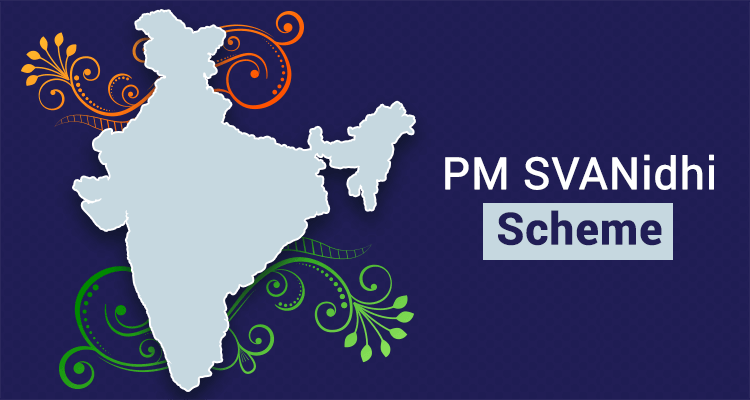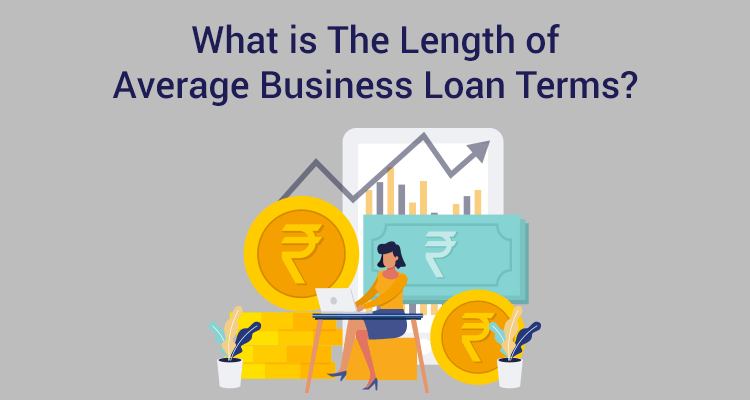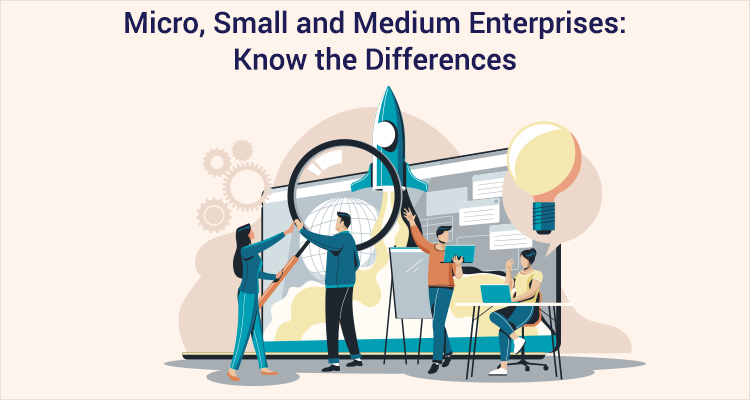PM SVANidhi Scheme

Introduction
In India's vibrant urban life tapestry, street vendors weave an essential thread, providing convenient access to goods and services. The PM SVANidhi Scheme, launched with foresight and compassion, emerges as a lifeline for these unsung heroes of the informal economy, especially in the wake of the challenges posed by the COVID-19 pandemic and subsequent lockdowns.
Background
Street vendors, known by various names like vendors, hawkers, or thelewala, form a crucial part of the urban informal economy. They offer diverse goods and services, including fresh produce, ready-to-eat street food, textiles, artisan products, and various essential services like barber shops and laundry. The pandemic has significantly impacted the livelihoods of these vendors, many of whom operate with a small capital base that may have been depleted during lockdowns. Recognizing the urgency, the PM SVANidhi Scheme aims to provide working capital credit to help street vendors resurrect their businesses.
Objectives
The central sector scheme, fully funded by the Ministry of Housing and Urban Affairs, unfolds with three main objectives:
1. Facilitating Working Capital Loans: Offering working capital loans up to ₹10,000 to street vendors.
2. Incentivizing Regular Repayment: Encouraging timely repayment to foster financial discipline among beneficiaries.
3. Rewarding Digital Transactions: Promoting digital transactions to align with the broader government push toward a digital economy.
These objectives provide immediate financial relief and strive to formalize the street vending sector, opening up new avenues for economic progress.
Eligibility and Identification
To ensure that the benefits of the scheme reach those who need it most, certain criteria have been set for eligibility:
1. Possession of Certificate of Vending/Identity Card: Street vendors with this documentation issued by Urban Local Bodies (ULBs) are eligible.
2. Vendors Identified in Surveys: Those identified in surveys but not issued certificates can receive a provisional certificate generated through an IT-based platform.
3. Street Vendors Left Out or Started After Survey: Vendors left out in surveys or those who started vending after the survey can qualify with a Letter of Recommendation (LoR) from ULBs/Town Vending Committee (TVC).
4. Vendors from Rural Areas: Vendors from surrounding rural or peri-urban areas can also benefit if they have an LoR from ULBs/TVC
Data Accessibility
Transparency is a cornerstone of the PM SVANidhi Scheme, with the list of identified street vendors available on various official platforms, including the website of the Ministry, State Governments, ULBs, and a dedicated Web Portal.
Loan Details
Urban street vendors can avail of a Working Capital loan of up to ₹10,000 with a one-year tenure, repayable in monthly installments. Importantly, no collateral is required, easing the process for vendors. On timely repayment, vendors become eligible for the next cycle of working capital loans with an enhanced limit, and no prepayment penalty is charged.
The scheme which was originally valid till March 2022 has been extended till December 2024.
• All SV's who have fully repaid their 1st loan are eligible for 2nd loan of up to ₹20,000/-.
• Effective guarantee cover on the 1st loan disbursed on or after June 01, 2022 has been increased from 12.50% of the Portfolio to 31.87% of the Portfolio.
• ULBs and Lenders can re-verify the rejected application and again send them for processing
- 2nd Term Loan Detailed instructions have been released on the official website.
Interest and Subsidy
Interest rates vary based on the lending institution category, including Scheduled Commercial Banks, Regional Rural Banks, Small Finance Banks, Cooperative Banks, SHG Banks, and NBFCs. Vendors availing loans are eligible for a 7% interest subsidy, credited quarterly.
Sapna aapka. Business Loan Humara.
Apply NowList of Lending Institutions for PM SVANidhi Scheme
With a strategic focus on ensuring widespread accessibility, the government meticulously selected and designated banks for outreach to the general public.Here is a comprehensive list of lending institutions actively participating in the scheme.
• Self-help group Banks (SHG)
• Small Finance Banks (SFBs)
◦ Regional Rural Banks (RRBs)
◦ Cooperative Banks
◦ Scheduled Commercial Banks
◦ Micro Finance Institutions (MFIs)
◦ Non-Banking Financial Companies (NBFCs)
Documents Required for Application to PM SVANidhi Scheme
The loan process is simple and includes minimal documentation. Vendors need the following documents to apply:
A letter of recommendation or a certificate of vending issued and verified by the ULB or TVC.
- Identity Proof and Address Proof that may include:
- Aadhaar Card
- Ration Card
- Driving License
- MNREGA Card
- Voter ID
- Pan Card
SVANidhi Scheme Application Process
Vendors interested in applying for loans under the SVANidhi Scheme contact their local Banking Correspondent or MFI Agent. A Common Service Center (CSC) assists vendors throughout the application process. This personnel guides all registered/identified street vendors through the application process per the ULB's list.
A mobile app and an online portal - http://pmsvanidhi.mohua.gov.in/ - are available for those seeking PM SVANidhi Loans. Apply online directly or through one of the assisting bodies mentioned above.
PM SVANidhi Yojana Application Status: How to Check?
• Visit the official website of PM SVANidhi
• Login with your ID and password
Conclusion
The PM SVANidhi Scheme, with its well-defined objectives, inclusivity, and financial support mechanisms, stands as a testament to the government's commitment to the urban poor and the informal sector. By empowering street vendors not only aids in economic revival but also contributes to the larger vision of an AtmaNirbhar Bharat – a self-reliant India.Apply For A Business Loan With IIFL Finance
The PM SVANidhi Yojana Scheme was quite beneficial for vendors. However, the interest subsidy was only available till March 31, 2022. Luckily, vendors who want extra funds can get help from IIFL Finance.If you’re a vendor looking for funding to grow and expand your small business, an IIFL Finance business loan can help. With affordable and attractive interest rates, we make repayment easy to reduce your financial burden. Apply now!
FAQs
Q1. What is the tenure of the Rs. 10,000 loan under the PM SVANidhi Yojana Scheme?
Ans. These working capital loans are granted for one year.
Q2. Is there any penalty for the pre-closure of the loan?
Ans. No, there are no penalties for preclosure or repaying the loan early.
Sapna aapka. Business Loan Humara.
Apply NowDisclaimer : The information in this blog is for general purposes only and may change without notice. It does not constitute legal, tax, or financial advice. Readers should seek professional guidance and make decisions at their own discretion. IIFL Finance is not liable for any reliance on this content. Read more



